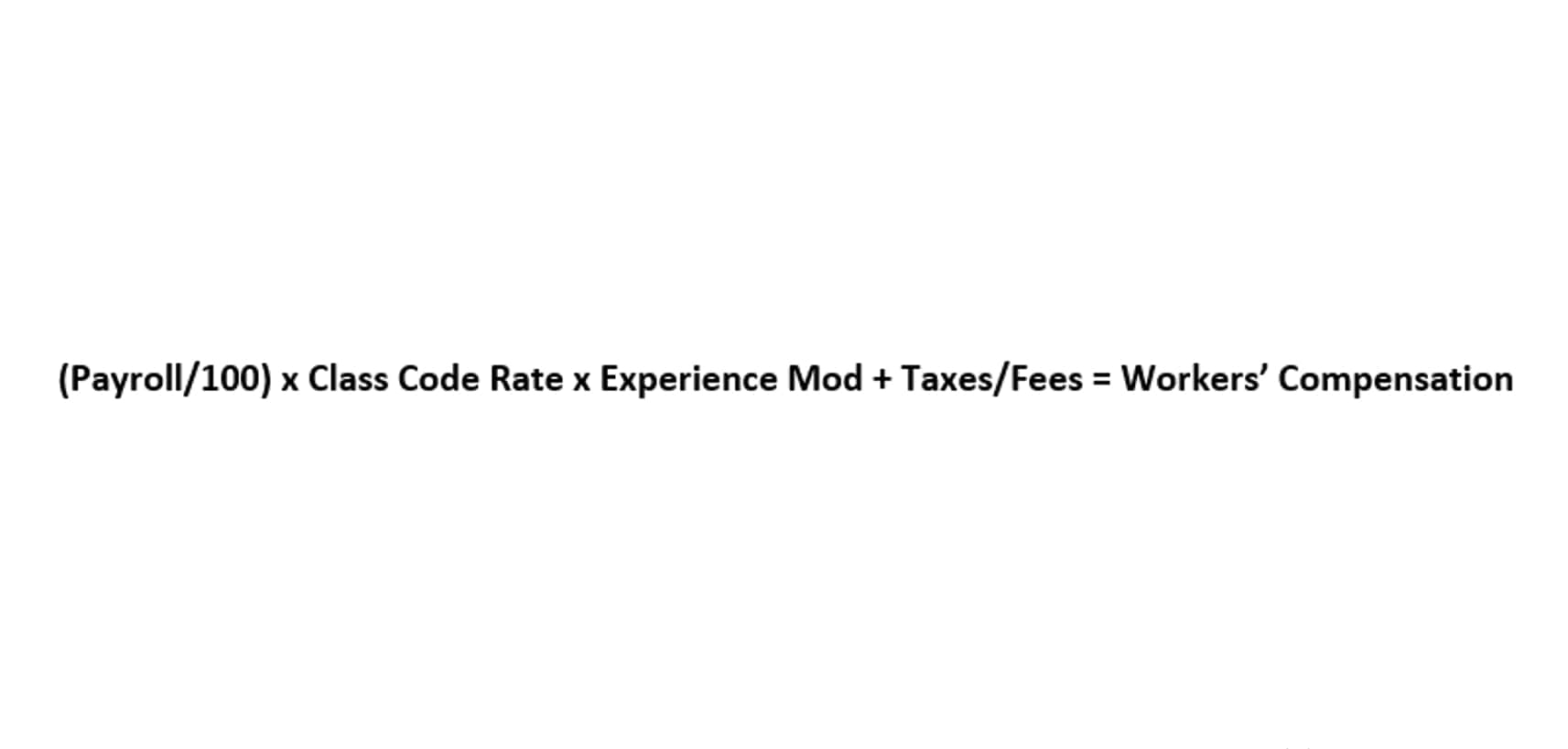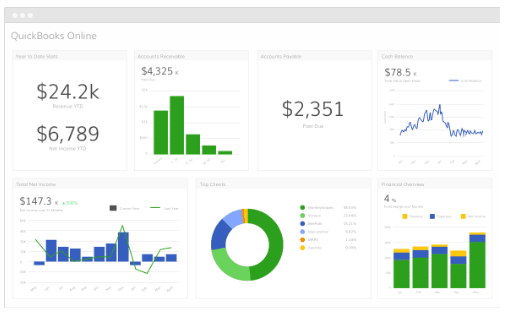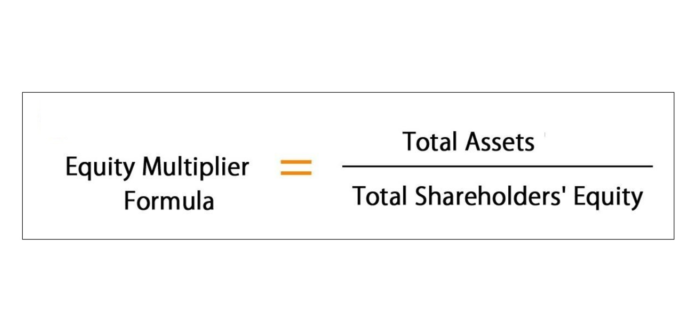
Over time, accounting profit should closely resemble underlying profit for most industries. If a company is reporting substantially different numbers each year, then it’s prudent to find out why. A variation is to strip all operating expenses from the calculation, so that only the gross profit is revealed. Taxable profit is the value used for tax declaration after adjusting accounting profit. To calculate the value, the company needs to alter accounting profits that are allowed under accounting standards and tax law. Accounting profit is the net income for a company and is calculated by subtracting expenses from revenues, with guidance from the Generally Accepted Accounting Principles (GAAP).
Contribution Margin
Once you have figures for both the total revenue and explicit costs, simply subtract costs from revenue, and you’ll know your accounting profit. If the company’s only overhead was a monthly employee expense of $5,000, its operating profit would be $3,000, or ($8,000 – $5,000). Economic profit, however, would add implicit costs, such as the opportunity cost of $50,000, which represents the salary they would have earned if they kept their day job.
How to find operating profit margin
Calculating profit for a business involves using the profit formula, which is revenue minus expenses. When it comes to accounting profit vs. economic profit, you only have to report accounting profit to the IRS. Do not report economic profit to the IRS or any other government agency. Only use economic profit internally to determine if you are making smart investments. Investors and lenders sometimes prefer to look at operating net income rather than net income. This gives them a better idea of how profitable the company’s core business activities are.
Confusing markup with profit margin
Understand the core financial metric businesses use to measure reported performance and gain insight into its full implications. But before we dive in, you may want to check out the high low accounting method calculator for a quick estimate of a business’ costs of operation. Convert all figures to a common currency before inputting them into the calculator. Once the profit pool is established and eligible employees are identified, the allocation formula dictates how the funds are distributed among participants. The chosen method must be specified in the plan document and can significantly impact individual employee shares. Employers select a formula based on their objectives, whether it is to equally benefit all employees, favor older employees, or provide higher allocations to key personnel.
- The Accounting Profit Calculator is a practical, easy-to-use tool that streamlines the process of calculating accounting profit.
- Business calls relating to further investment, profitability, market position, etc., can be analyzed with the help of such profits.
- Primarily, the operating earnings of an organization form the basis of this amount.
- They often focus on short-term profitability rather than long-term sustainability.
- Understanding the fundamental components that define profit-sharing distribution is essential.
- Fixed costs might include $20,000 for specialized machinery leases and $15,000 for a dedicated marketing campaign.
How to Use the Accounting Profit Calculator

An up-to-date income statement is just one of the financial reports small business owners gain access to through Bench. Accounting profit differs from other types of profits such as cash profit, economic profit, and taxable profit. While it can deduct most of its expenses from its revenues when calculating its taxable profits, some expenses may not be allowable deductions.
A common approach is the pro-rata allocation, also known as the “comp-to-comp” method. This formula distributes the profit-sharing pool based on each employee’s compensation relative to the total eligible how to calculate accounting profit payroll. This method is straightforward and easily understood by participants.


For example, your boot store may offer three different product types and find that, although overall company sales are steady, your leather boot sales have declined in recent months. After figuring out the profit for that particular product line, you may decide to discontinue the product. Check out a couple of examples of how accounting and economic profit work in the real world. https://novarhaartransplantation.de/employment-atlanta-jobs-atlanta-employment-agency-2/ Knowing how to find economic profit can help determine whether to enter or exit a market. It can also tell you how efficient your company is in resource allocations.
Operating Margin
- These adjustments, guided by accounting standards like GAAP, ensure accurate representation of asset values and expenses over time.
- The next step involves calculating the total expected variable costs by adding all anticipated expenses that fluctuate with production or sales volume.
- Navigate the labyrinth of operating costs with practical tips on cost control.
- Our team is ready to learn about your business and guide you to the right solution.
- Vimeo is a video hosting platform for high-quality content, ideal for creators and businesses to showcase their work.
- Avoiding these errors will help you get a clearer and more precise picture of your financial health.
Applying the expected profit calculation can be illustrated through practical scenarios. For a new product launch, consider a projected total revenue of $150,000 from initial sales. Fixed costs might include $20,000 for specialized machinery leases and $15,000 for a dedicated marketing campaign. Variable costs, such as raw materials and direct labor, could amount to $50 per Bookkeeping for Etsy Sellers unit, with 1,000 units expected to be sold, totaling $50,000. Accounting profit is the foundation of business financial analysis.


